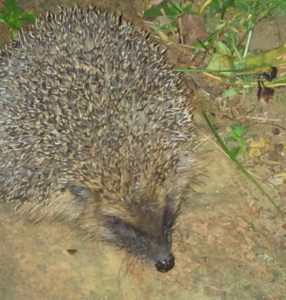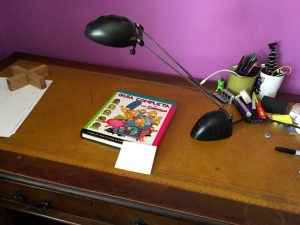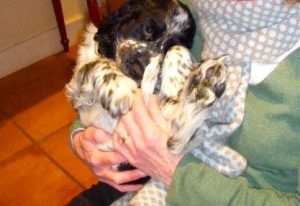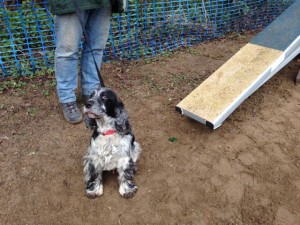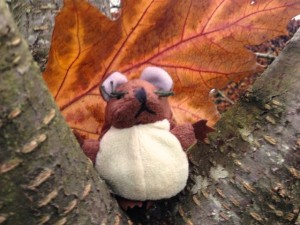Perfect Tense of Avoir + Use of Passer
I had = J’ai eu
I had a good holiday = J’ai passé de bonnes vacances
The Perfect Tense of AVOIR is formed by using its Present Tense + its Past Participle – EU.
J’ai eu = I had
Tu as eu = you had
Il a eu = he had
Elle a eu = she had
Nous avons eu = we had
Vous avez eu = you had (pl)
Ils ont eu = They had
Elles ont eu = They had
Examples of AVOIR in the Perfect Tense:
J’ai eu du travail = I had some work
Tu as eu peur = You were frightened.
Il a eu envie de partir = He wanted to leave.
Nous avons eu une idée = We had an idea.
Vous avez eu besoin d’aide = You needed help.
Ils ont eu tort. = They were wrong.
I had a good holiday in French
Use PASSER instead of AVOIR to talk about having had a good or bad time/holiday/weekend/day:
PASSER = to spend (time) … especially in the past
Passé is the past participle of Passer
E.g:
J’ai passé une belle journée.
I had a lovely day
J’ai passé un bon weekend.
I had a good weekend.
As-tu passé de bonnes vacances?
Oui, j’ai passé de bonnes vacances.
Non, je n’ai pas passé de bonnes vacances.
Avez-vous passé un bon weekend?
Oui, nous avons passé un bon weekend.
Non, nous n’avons pas passé un bon weekend.
Video
Gap Fill Worksheet
Online Quiz
This quiz is also available on its own separate page here:
Online Quiz
For practice and revision of uses of the verb Avoir go to:
Uses of the VERB AVOIR



